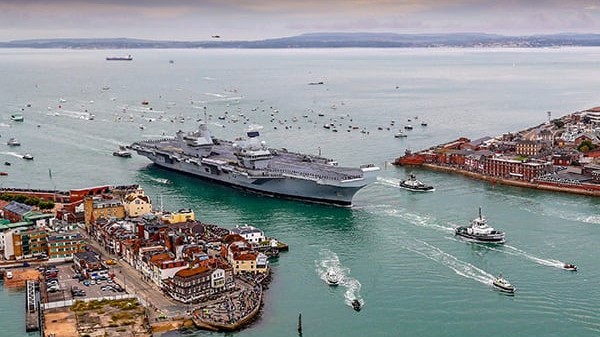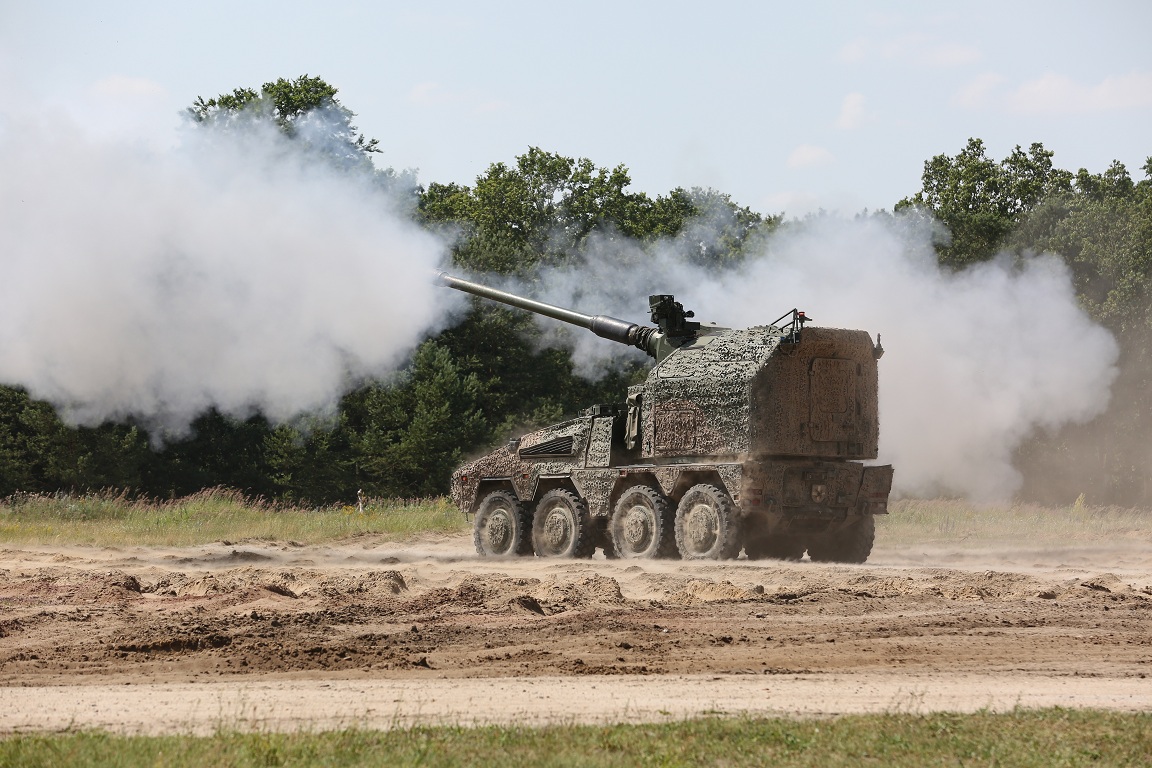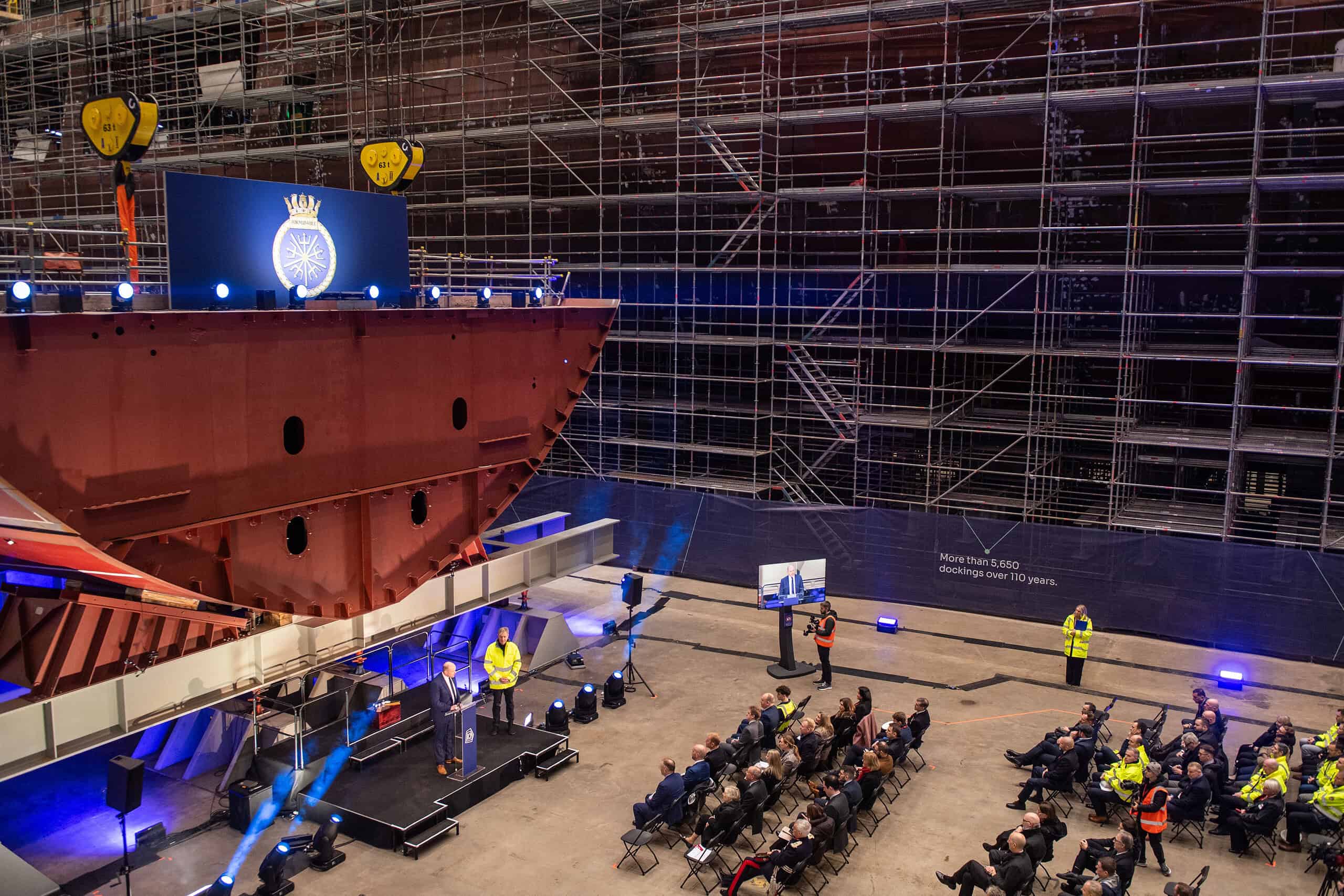Published 1 September 2021
Share this story
The complexity of work undertaken by Defence Equipment & Support can be seen most vividly across the Combat Air portfolio. It is home to teams responsible for maintaining the airworthiness to fly not only of the RAF’s Lightning II and Typhoon cutting edge fast jets, but also the historic aircraft in the Battle of Britain Memorial Flight (BBMF). With the annual commemoration of the Battle of Britain later this month, its opportune to look at the work carried out to support continued flying.
The BBMF may have older technology but are no less challenging to deliver. This is perfectly illustrated by the current highly complex, technically demanding project to modernise and digitise the original, paper aircraft maintenance manuals, which date back to 1940 when the Battle of Britain was raging.
The first documents to be digitised are the Spitfire Aircraft Maintenance Manuals and Parts Catalogue for the various marks operated by the Flight (Mk II, V, IX, XVI and XIX). The new Spitfire interactive electronic technical publications are planned to be available by the end of 2022 and will be one of the first units to use a cloud solution for its manuals.
Alongside DE&S, RAF technicians are currently working with the original 1940s Spitfire manuals, which are not necessarily completely relevant or up to date with the various modification states of the aircraft. While the information is available somewhere in the BBMF technical library, these are from a wide range of sources and separate drawings require technicians to spend time pulling together the materials needed, particularly when finding part numbers. It is also necessary to interpret 1940s drawing sets as the original documents do not benefit from step-by-step maintenance procedures with the appropriate warnings and cautions that modern technicians are trained to use.
Building on this, the current training regime does not cover many of the types of systems and components on these historic aircraft, leading to excessive reliance on the experienced members of the BBMF engineering team. With the new system in place, technicians joining the flight will be able to find the information they need, in a format they expect, to better enable them to maintain these historic aircraft. The Aircraft Maintenance Manual modules will provide descriptive data and detailed step by-step maintenance procedures linked to relevant information at the click of a mouse.
There are plans to roll out the modernisation of the maintenance manuals for the other historic aircraft types operated by the BBMF (Hurricane, Lancaster and Dakota). Meanwhile, the funding and investment in this programme provide a clear demonstration of the determination to keep the aircraft flying safely in the modern era and well into the future.
An example of one of the original 1940’s Spitfire drawings detailing the engine bearer and cowling structure. The new interactive electronic Spitfire Aircraft Manual. Here the user is following step by step instructions for installing the Spitfire Mk V top fuel tank (with a zoomed in diagram).


The new interactive electronic Spitfire Aircraft Manual. Here the user is following step by step instructions for installing the Spitfire Mk V top fuel tank (with zoomed in diagram).













